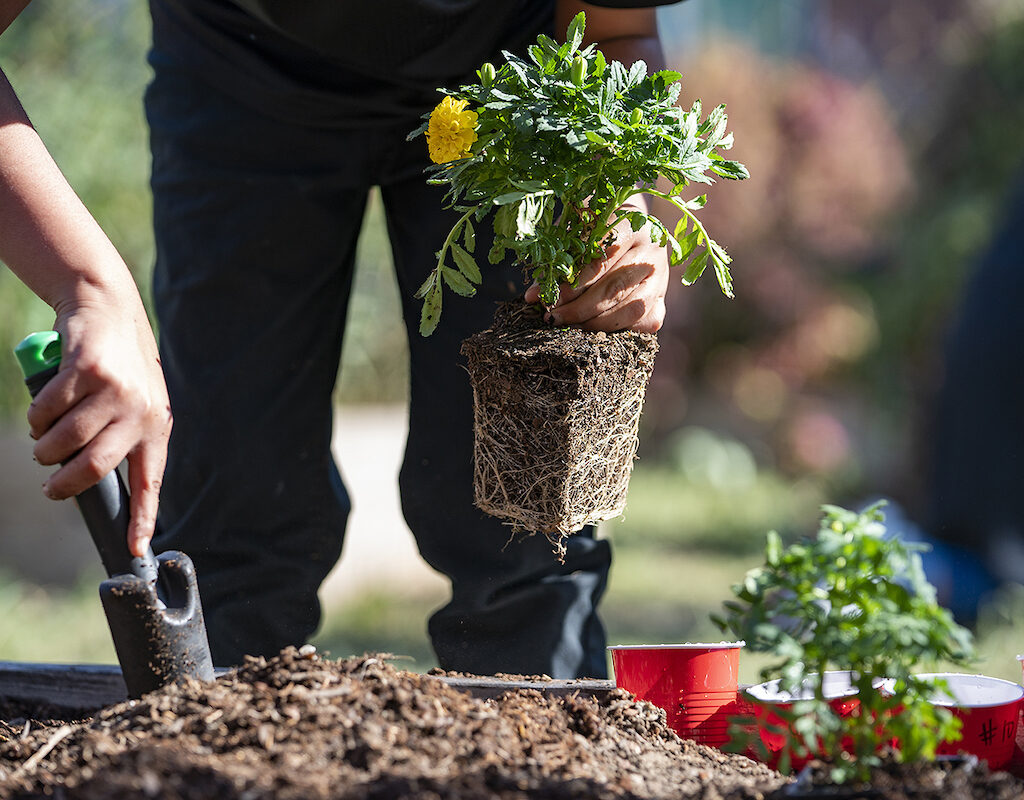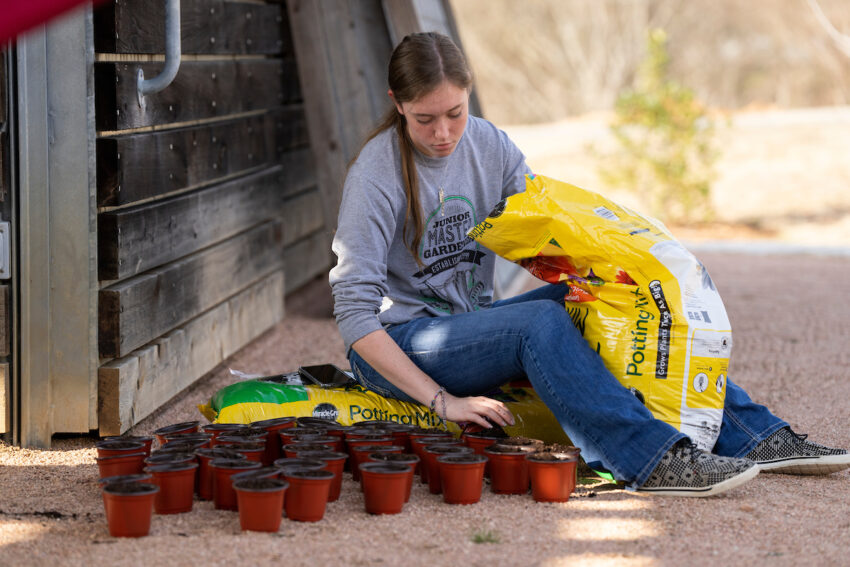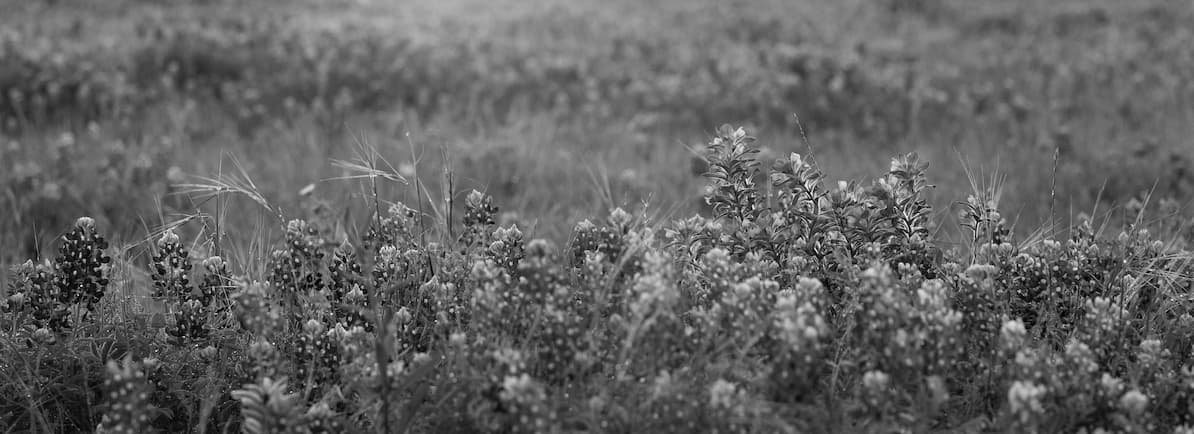Lawn & Garden
We have lawn and garden resources for everyone from the hobby gardener to the athletic field turfgrass manager. County-based AgriLife Extension horticulturists and statewide specialists share their expertise through workshops, webinars and online information to assist those Texans with, and without, a green thumb.
Related Departments: Horticultural Sciences, Food Science & Technology, Entomology, Agricultural Economics

Junior Master Gardener

Learn About
Lawn & Garden
Publications
Programs
Courses
All Resources on Lawn & Garden
- Course
Do you want to restore native plants? Are you curious about when to plant and how to maintain it? This online course will discuss how land managers can select, plant, and maintain native plants and when to plant them.
- Course
This course is intended for park and public works professionals, hourly workers, and volunteers.
- Publication
This publication explains the steps involved in successfully establishing turfgrass on any site, whether it is a lawn or sports turf.
- Course
Once you finish this course, you will receive a Certificate of Completion. The Certificate of Completion shows that you have completed the course, but does not qualify for continuing education credit, or CEU. A separate version of this course will be made available for CEU credit. Once the CEU version of the course is available, a link will be added here.
This course is intended for professional turfgrass parks and recreation managers, sports field managers, or landscaping specialists. - Course
Once you finish this course, you will receive a Certificate of Completion. The Certificate of Completion shows that you have completed the course, but does not qualify for continuing education credit, or CEU. A separate version of this course will be made available for CEU credit. Once the CEU version of the course is available, a link will be added here.
This course is intended for park and public works professionals, hourly workers, and volunteers. - Publication
Turfgrasses are vital to landscapes, athletic fields, and golf courses; they enhance our quality of life.
- Publication
This free, 4-page publication explores the considerations and benefits of biochar use.
- Publication
The significance of boron to plants is covered in this fact sheet.
- Publication
This factsheet instructs gardeners on the care of rosemary plants and provides two recipes that showcase the herb.
- Publication
This publication describes the importance of nitrogen‚ presence in a vineyard soil.
